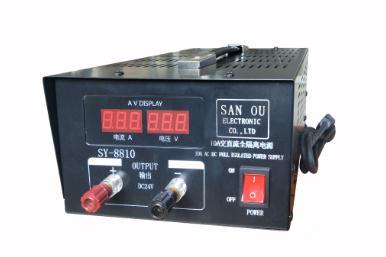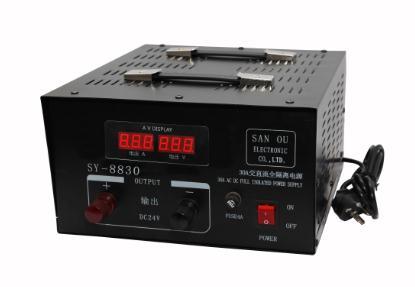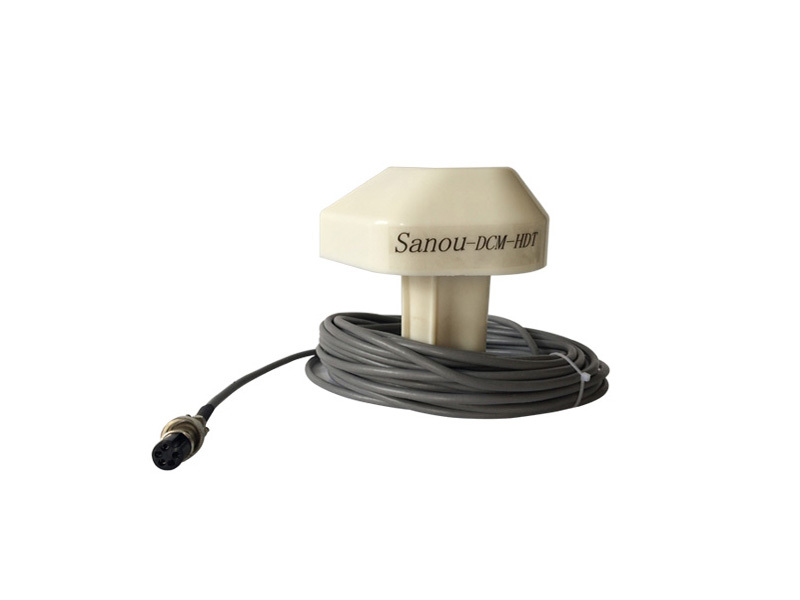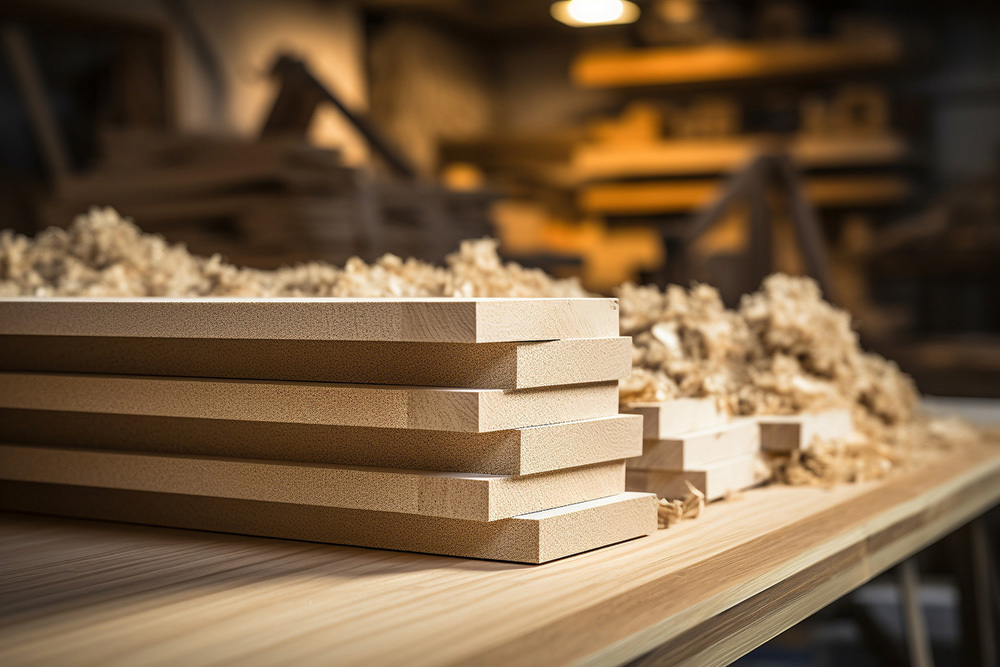News Center
Understanding the Role of Marine Radar Picture Tubes in Maritime Navigation
A marine radar picture tube primarily functions as a display unit that converts electronic signals from radar systems into a visual format. This allows navigators to perceive surrounding vessels, land masses, and potential hazards in real-time. The capability to visualize these elements on a radar screen is essential for safe navigation, particularly in congested or unfamiliar waters. An effective radar display helps in preventing collisions, navigating around obstacles, and assessing distances and speeds of nearby vessels.
One significant advantage of marine radar picture tubes is their ability to operate under various weather conditions, including fog, rain, and darkness. Traditional visual navigation methods may become unreliable in such conditions; however, radar technology provides a reliable alternative. By utilizing the electromagnetic waves emitted by the radar system, the picture tube presents a clear image of objects in the vicinity, ensuring that navigators maintain situational awareness at all times.
Professionals working with marine radar systems should also be aware of the advancements in radar technology and how they impact the performance of picture tubes. Modern marine radar systems now incorporate digital displays that offer enhanced resolution and clarity compared to traditional analog tubes. This progression not only improves the quality of the radar image but also facilitates more user-friendly interfaces, allowing navigators to interpret data more effectively.
Additionally, maintenance and calibration of the marine radar picture tube are crucial for its optimal performance. Regular checks and adjustments ensure that the radar system operates accurately, providing reliable information to navigators. It is advisable to follow manufacturer guidelines for maintenance and to remain informed about technological updates, which can further enhance the performance and capabilities of radar systems.
In conclusion, the marine radar picture tube plays a vital role in maritime navigation, providing essential visual data that enhances safety and efficiency. By understanding its function, advantages, and maintenance requirements, maritime professionals can leverage this technology to improve navigational practices and ensure the safety of their vessels and crews. As the maritime industry continues to evolve, staying informed about these critical components will remain essential for effective navigation and safety management.
Related News
Understanding the Benefits of a 1 in 4 Out Signal Distributor for Electronic Components
Understanding the Benefits of a 1 in 4 Out Signal Distributor for Electronic Components Table of Contents 1. Introduction to Signal Distribution 2. What is a 1 in 4 Out Signal Distributor? 3. Key Advantages of Using a 1 in 4 Out Signal Distributor 3.1 Enhanced Signal Integrity 3.2 Improved Signal Distribution Efficiency 3.3 Flexibility in System Desi
Understanding the 1 in 10 Out Signal Distributor: A Key Component in Optoelectronic Applications
A 1 in 10 out signal distributor is a specialized electronic device that takes a single input signal and replicates it across multiple output channels—in this case, ten outputs. This function is crucial in various applications, including telecommunications, broadcasting, and data transmission systems. The ability to distribute a single signal to multiple outputs ensures that information can reach
Unlocking the Benefits of the Furuno 1831 Radar with a Quality 24 Pin Square Plug
Unlocking the Benefits of the Furuno 1831 Radar with a Quality 24 Pin Square Plug Table of Contents 1. Introduction to Furuno 1831 Radar 2. Key Features of the Furuno 1831 Radar 3. Advantages of Using a Quality 24 Pin Square Plug 4. Installing the Furuno 1831 Radar with a 24 Pin Square Plug 5. Maintenance Tips for Optimal Performance 6. Troubleshooting Common




